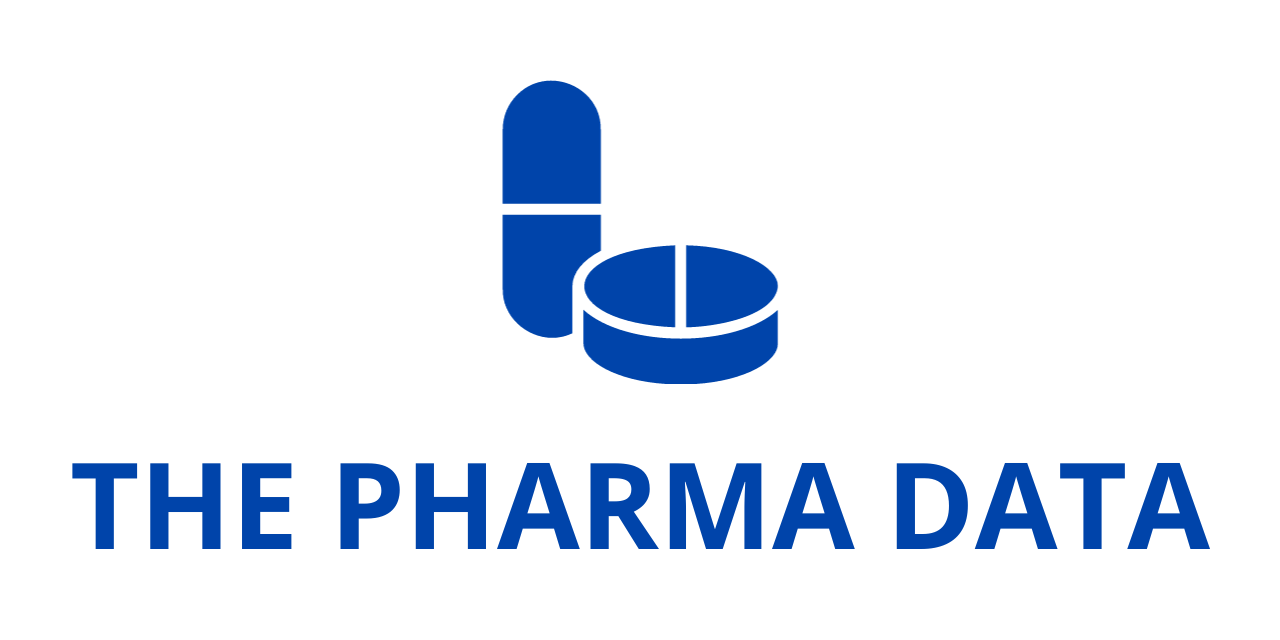
Gilead Sciences, Inc. (Nasdaq: GILD) today presented the first in-depth look at full results from its pivotal Phase 3 PURPOSE 2 trial (NCT04925752), which is studying twice-yearly lenacapavir, the company’s injectable HIV-1 capsid inhibitor, for the investigational use of HIV prevention among a broad and geographically diverse range of cisgender men and gender-diverse people. Newly presented results include data on adherence to and pharmacokinetics of lenacapavir among trial participants.
The data were presented during an oral abstract session at the International Congress on Drug Therapy in HIV Infection (HIV Glasgow) and will be published in The New England Journal of Medicine. The release of the full PURPOSE 2 data follows the unblinding of the trial at interim analysis in September and a presentation of additional efficacy and safety data last month at the HIV Research for Prevention Conference in Lima, Peru. Those previously reported data showed that lenacapavir reduced HIV infections by 96% compared to background HIV incidence (bHIV), with two incident cases among 2,179 participants, corresponding to 99.9% of participants not acquiring HIV infection in the lenacapavir group. Twice-yearly lenacapavir also demonstrated superiority to once-daily Truvada® (emtricitabine 200 mg and tenofovir disoproxil fumarate 300 mg; F/TDF) for pre-exposure prophylaxis (PrEP) and was generally well-tolerated, with no significant or new safety concerns identified.
“We’re at a crossroads in the HIV epidemic, and a twice-yearly choice for HIV prevention, if approved, could be transformative as we work toward achieving the UNAIDS 2030 targets around the world,” said PURPOSE 2 Principal Investigator Onyema Ogbuagu, MBBCh, FACP, FIDSA, Associate Professor of Medicine and Pharmacology at Yale School of Medicine and Director of the Yale Antivirals and Vaccines Research Program. “Lenacapavir for PrEP could provide an important alternative to existing preventative medications that require more frequent dosing, and could help transform the HIV prevention landscape by addressing a range of unmet needs for individuals who need or want PrEP globally.”
Participants demonstrated high adherence to lenacapavir and injections
Adherence to lenacapavir and to the placebo injections that were part of the oral PrEP study group was high: 91.0% of all trial participants received on-time injections at week 26, and 92.8% of participants received on-time injections at one year. On-time injection rates (within 28 weeks of prior injection) were similar across both study groups, whether receiving lenacapavir or placebo injections.
Lenacapavir reduced HIV infections by 96% compared to background HIV incidence (bHIV)
Lenacapavir was highly effective at reducing HIV infections among trial participants: 99.9% of participants did not acquire HIV in the lenacapavir group, with two incident cases among 2,179 participants (0.10/100 person-years, 95% CI, 0.01 to 0.37), despite reported high levels of sexual behavior, chemsex and sexually transmitted infections observed among PURPOSE 2 participants. The results demonstrated superiority of twice-yearly lenacapavir over bHIV (2.37/100 person-years, 95% CI, 1.65 to 3.42; primary endpoint), with 96% relative risk reduction (IRR 0.04; 95% CI, 0.01 to 0.18; p<0.0001). Additionally, twice-yearly lenacapavir was 89% more effective at reducing HIV infections than once-daily Truvada (IRR 0.11; 95% CI, 0.02 to 0.51; p=0.00245).
Lenacapavir plasma concentrations for the two participants who acquired HIV in this group were within the range of the overall lenacapavir concentrations in the pre-selected, representative subset of participants whose blood plasma levels were tested. Lenacapavir plasma concentrations were also similar to those in prior studies that included lenacapavir. Trial data confirm that both participants acquired HIV after receiving their first injections of lenacapavir but prior to their second injections, and both participants were diagnosed using standard HIV tests. Importantly, based on retrospective standard HIV-1 RNA viral load testing of prior visit samples, there was no delayed HIV diagnosis for either person. The HIV PrEP field has paid particular attention to the potential for delayed diagnosis for individuals who acquire HIV when using long-acting PrEP.
Cases of HIV infection despite high adherence to other forms of PrEP, including Truvada, have been reported, often in the context of high exposures to HIV and repeated mucosal injury. Gilead has offered open-label lenacapavir to all trial participants in PURPOSE 1 (evaluating lenacapavir for PrEP among cisgender women) and is offering open-label lenacapavir to all participants in PURPOSE 2, and will continue to follow participants and test for incident HIV infection.
Truvada adherence was initially high but declined over time
Adherence to Truvada, measured through detection of tenofovir diphosphate in blood samples from a subset of random participants, was initially high but declined over time: tenofovir diphosphate levels consistent with high adherence (four or more tablets per week) were seen in 82% of participants at week 8, 67% at week 26 and 62% at one year.
In the Truvada group, nine incident HIV infections occurred, all in participants with low or no adherence
There were nine incident cases among 1,086 individuals in the Truvada group (0.93/100 person-years; 95% CI, 0.43 to 1.77; secondary endpoint). These nine participants had evidence of low or no adherence to Truvada, or had discontinued taking it more than 10 days prior to diagnosis. Among the nine participants, two had low levels of tenofovir diphosphate, six had levels below the quantification limit, and one person who was missing a dried blood spot sample had discontinued Truvada.




